In February I was fortunate to be able to visit Simon Riddell, in the Highlands of Scotland, for a five-day photo adventure; but more on that later.
My field of study was mathematics. And, in mathematics, there is a high value placed on the elegance of a solution, rather than on the time or energy spent on one. I love this perspective—often the most valuable solutions take the least amount of time thanks to a clever flash of brilliance, leaving more time to unwind at the pub.
Photography, however, is an artistic medium often (and very unfortunately) obfuscated by its gear. There is a trap in this field to value photos because of the gear and complexity required to create them. Rather than searching for clever solutions, photographers often just buy more, expensive gear.
Lest you think this as some self-righteous rant on the purity of simplicity with which I approach my photography, I should get back to the Scotland trip.
Searchlights Drone Rescue
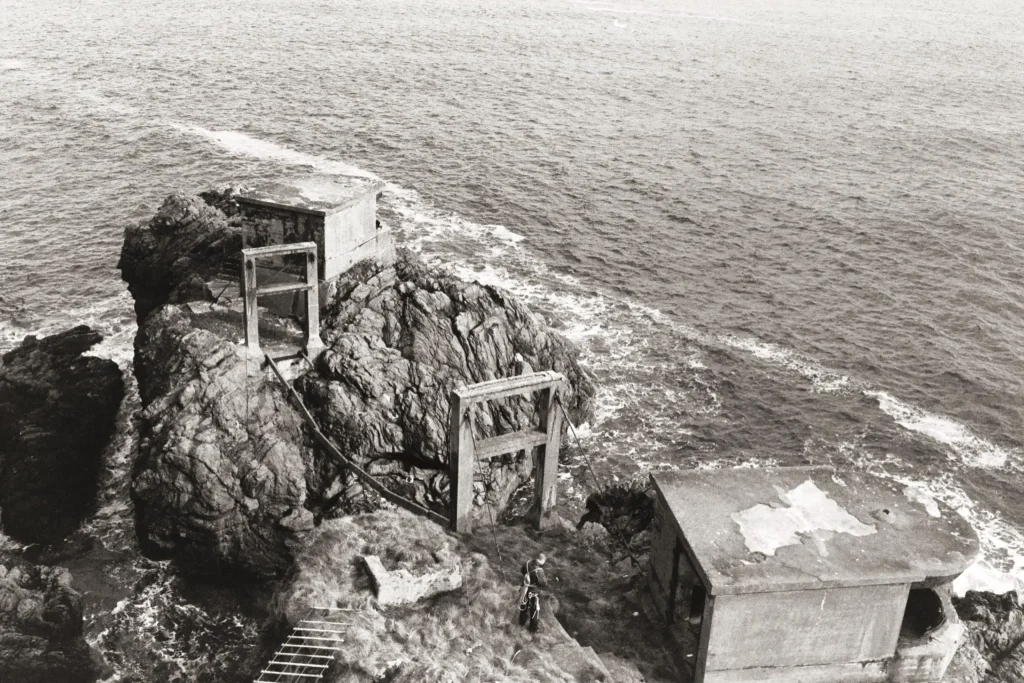
Simon and I visited an area on the sea called the “Searchlights.” These structures were built to house guns, protecting the seas during both world wars. The bridge to the second searchlight had been destroyed, meaning it hadn’t been visited in almost thirty years. The first day we hiked down, the weather was too extreme, and we only managed a couple shots from the first searchlight.
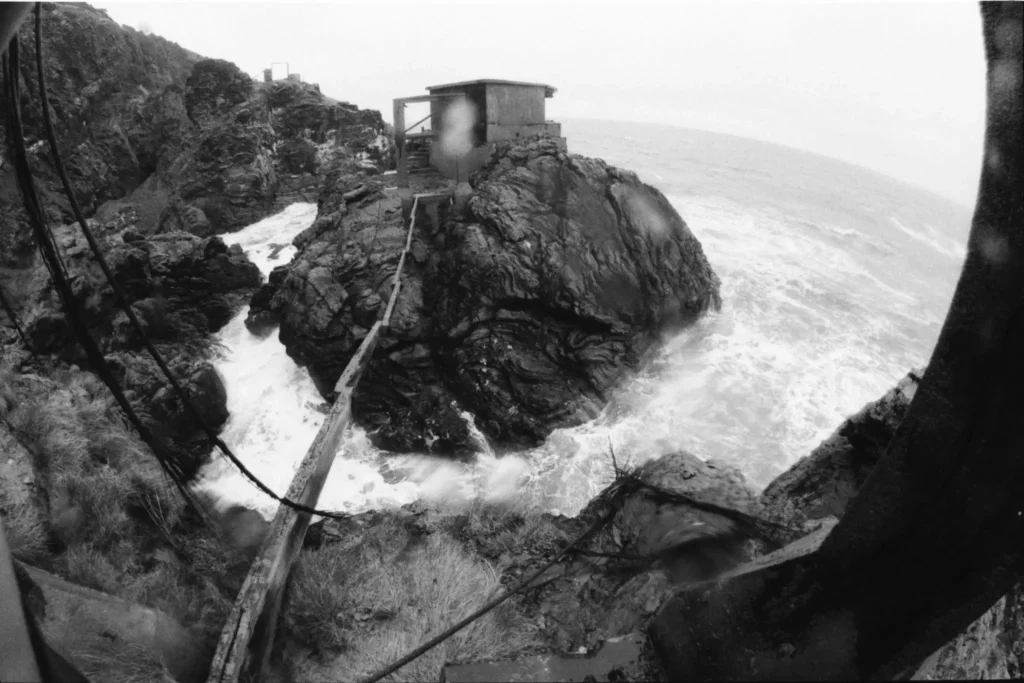
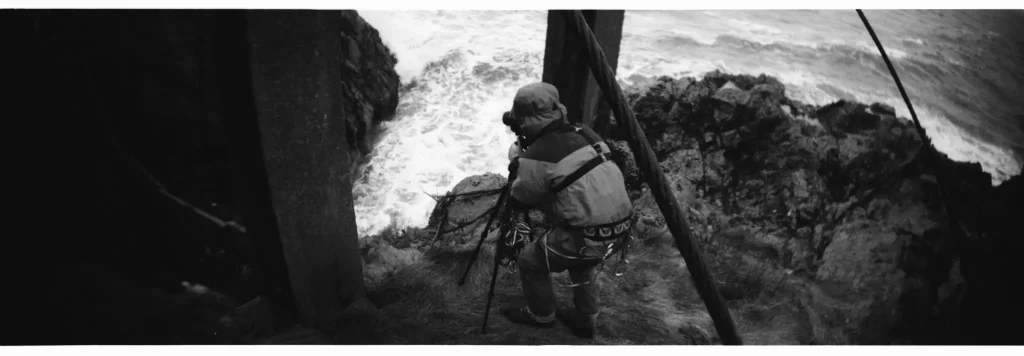
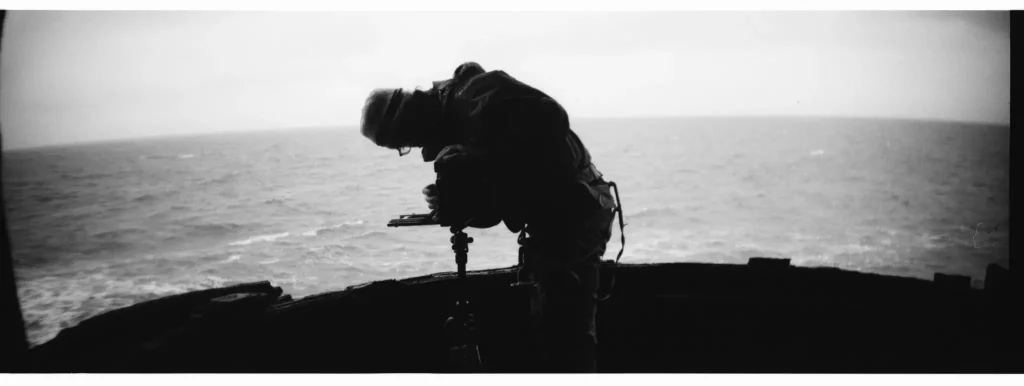
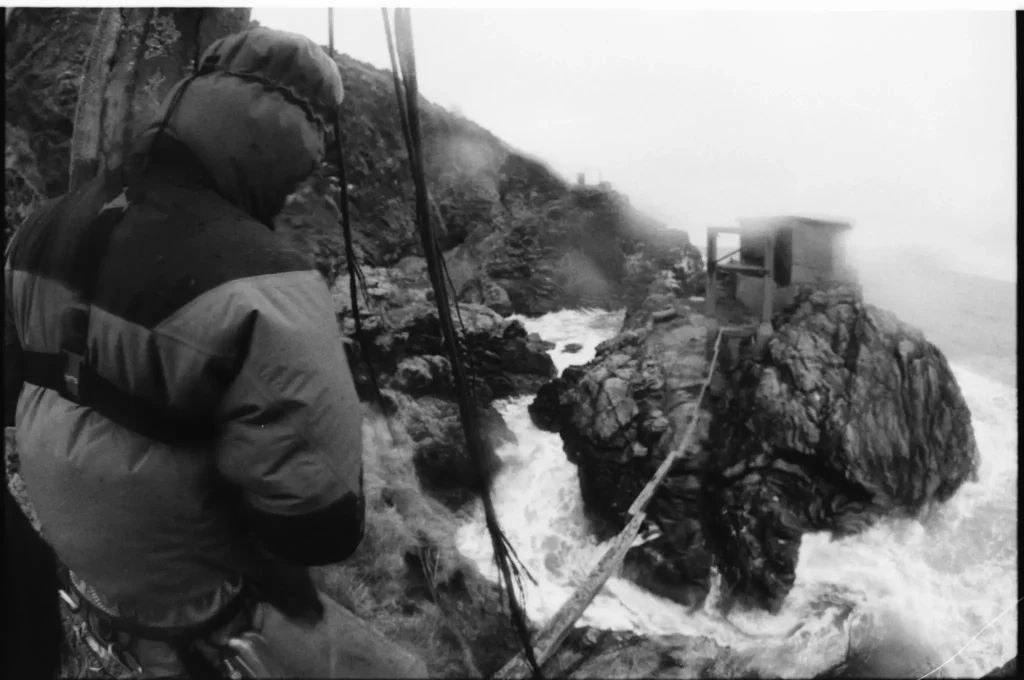
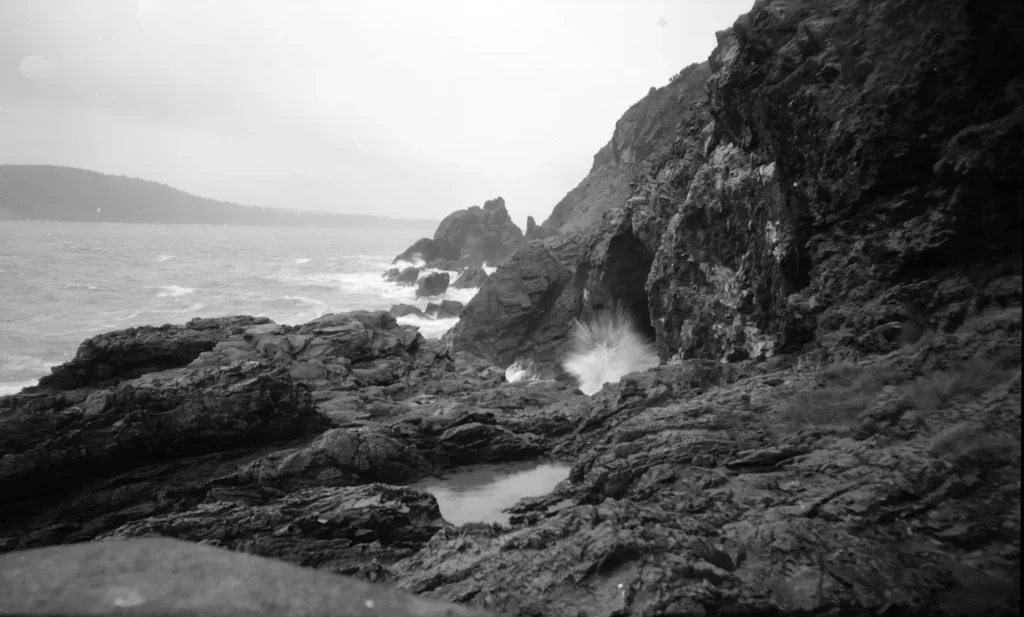
But, Simon and I were still determined to get some large format shots from the second searchlight. So we set out two days later with better weather, to do just that. Instead of finding an elegant solution to getting over there, however, we concocted an overly-complicated scheme to use a drone and too many ropes.
When someone (Simon) crashed the drone, stranding it on the second searchlight, we ended spending the entire day trying to recover it. Fortunately, Simon and I both like a good problem to solve. We riffed ideas, refined each other’s plans, and used every climbing rope in existence.
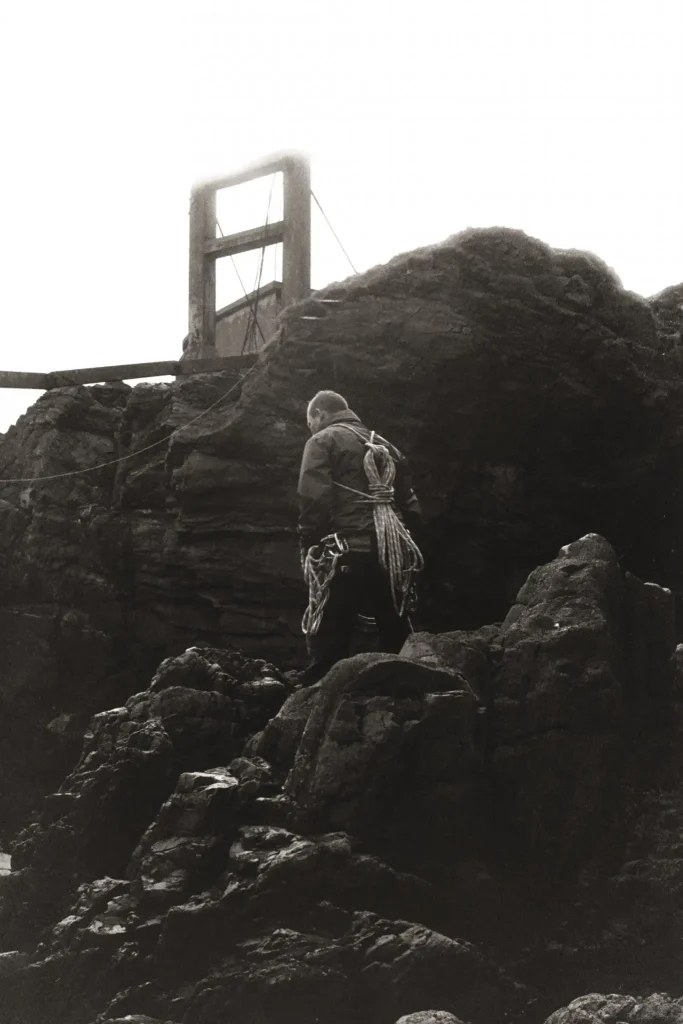
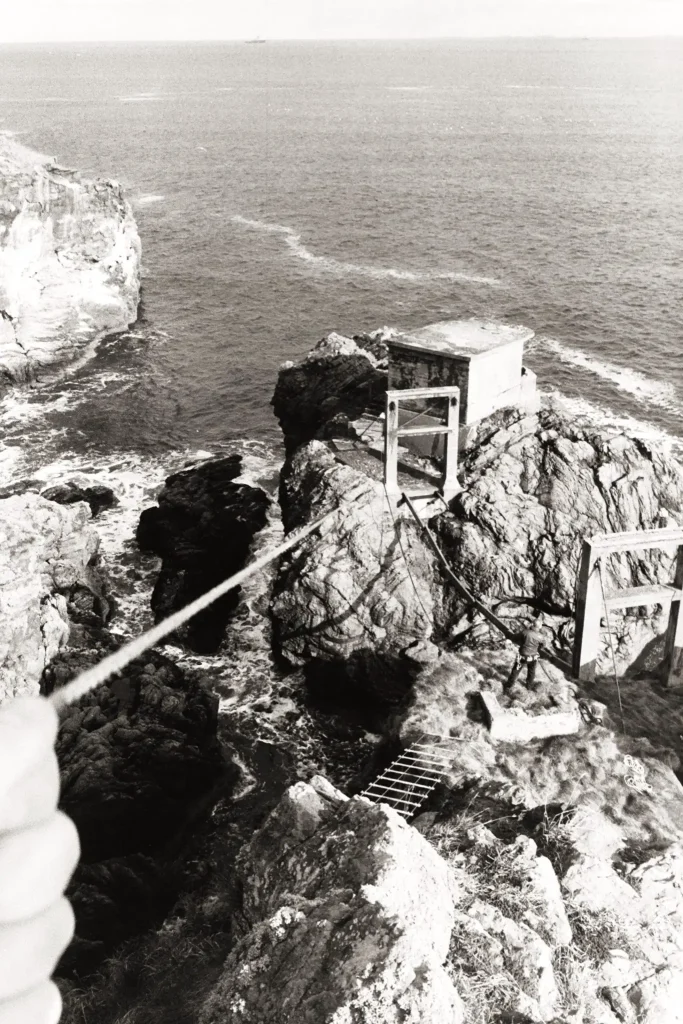
We finally found a solution, but at no point would I have called it “elegant.” And, while we finally made it across…
… unfortunately, we weren’t left with the time to shoot any large format—instead getting some quick snaps on 645 and 35mm. (The 35mm was a tiny Minox 35GT that, fortunately, I had pocketed. The Minox is a great camera, as are most cameras. This is the most gear-y this post will get.)
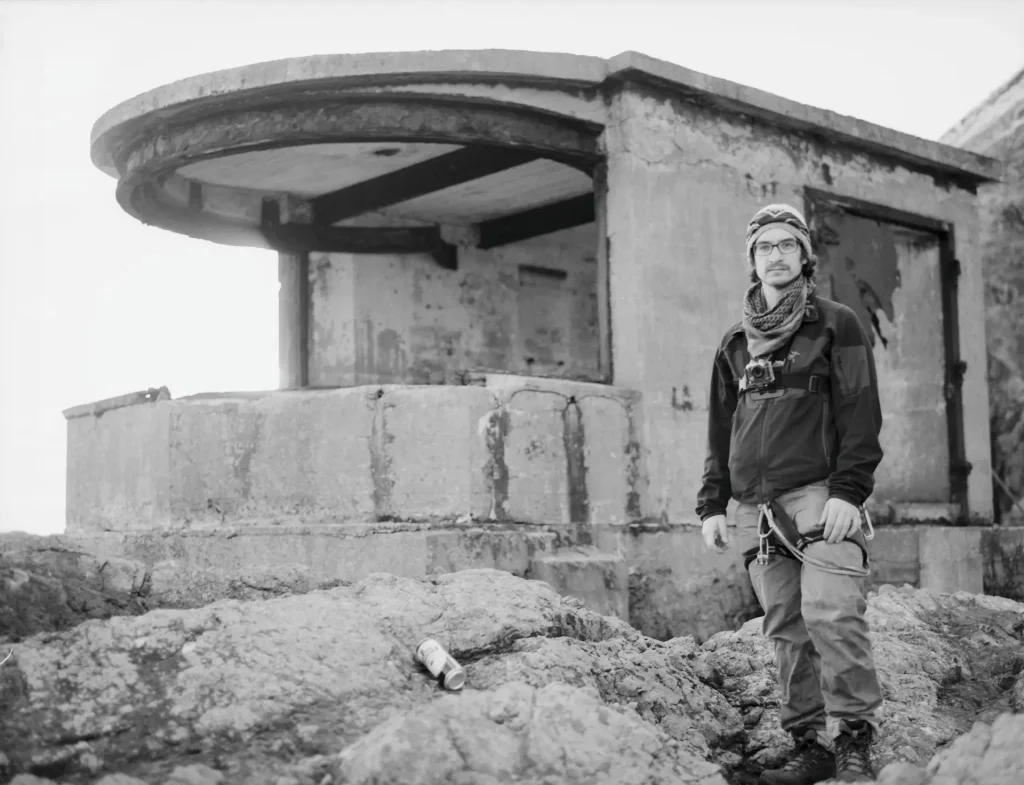
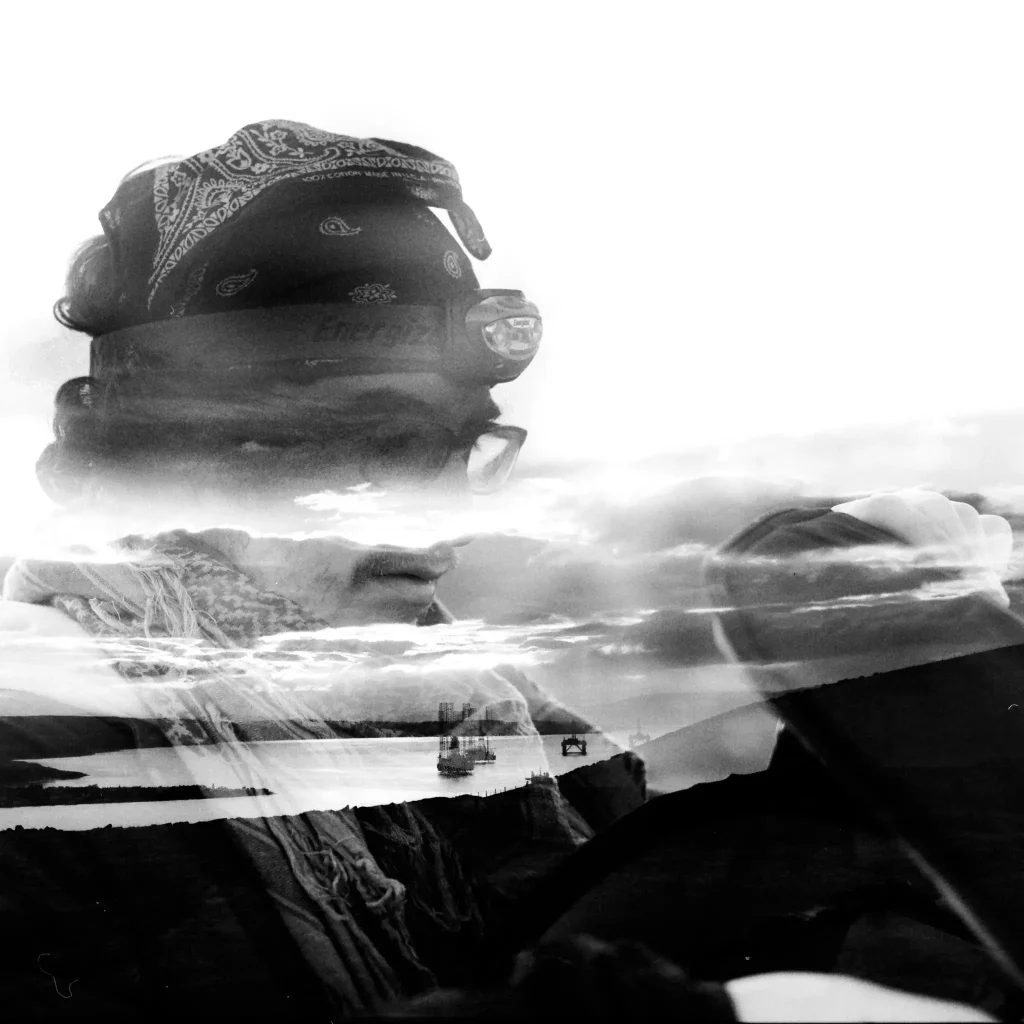
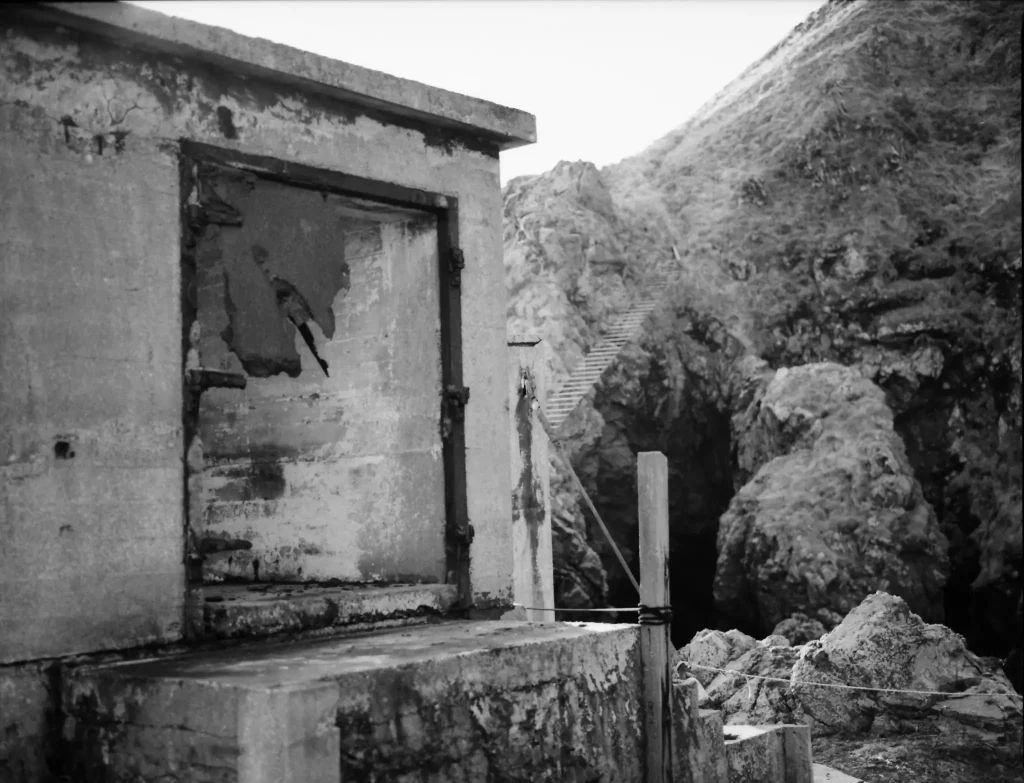
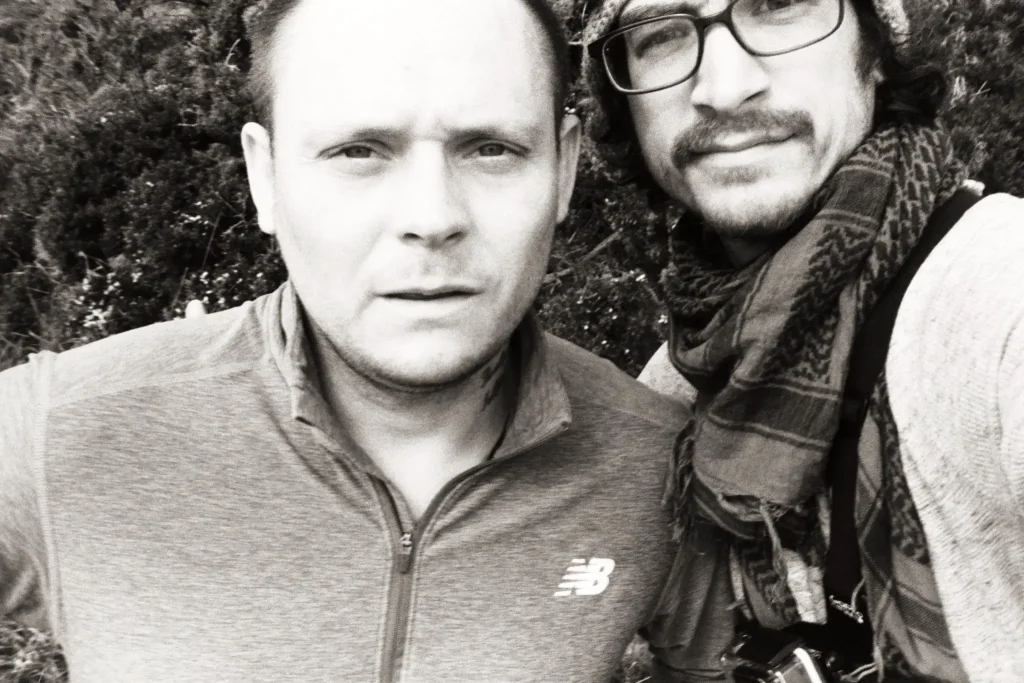
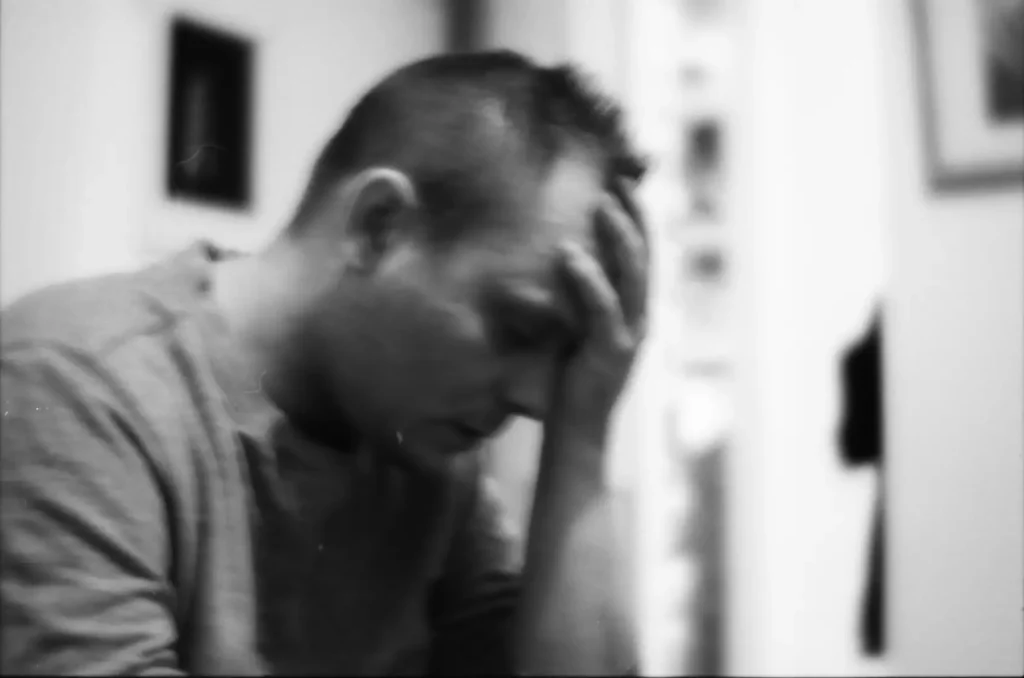
Inchindown oil tanks
That night, Simon got a return call from the keyholder to the Inchindown oil tanks. When these tanks were built in 1938 they were apparently the largest underground man-built structures. And, I believe, to this day they hold the record for the longest reverberation in any manmade structure. Each tank measures 237 meters long, 9 meters wide, and 13.5 meters high. Being completely underground with no electricity, that’s one big container of black.
While not open to the public, the keyholder gave us permission to go into the tanks to shoot some large format; despite expressing doubt that we’d get anything worthwhile without a special lighting rig and a generator. He explained to Simon that a professional photographer had gone in once with a generator and LED panels which he ran (almost) the entire length of a tank to get a photo.
So, Simon and I went back to what we do best—riffing ideas. We’d be in the tanks in less than 12 hours and had no idea how we would light our shot(s). We knew focusing would be difficult, and that we didn’t want too narrow a depth of field to make sure you can make out the entire tank. That left us deciding that we’d have to shoot at f/16. Even with HP5+ pushed to EI 1600, that’s not great when one’s problem is getting enough light.
After only about 10 minutes of discussion (about one can of Murphy’s each), it hit us—the flash of brilliance. We could simply set up a flash to expose correctly at that ISO and aperture. Since there is absolutely no light in the tanks, leaving the shutter open is no different than closing it. We could walk the entire length of the tank, flashing it at intervals, with each flash acting as, essentially, a separate exposure. That’s what we did, and it worked perfectly—with no light panels muddying up the shot. (I should note that this plan also meant there was no need to consider reciprocity failure.)
Walking the length of the tank in absolute darkness, however, meant the photo took 30 minutes; which, in turn, meant we had time to take only one. But, thanks to the simplicity of our solution, we weren’t worried about messing up exposure. That one shot worked.
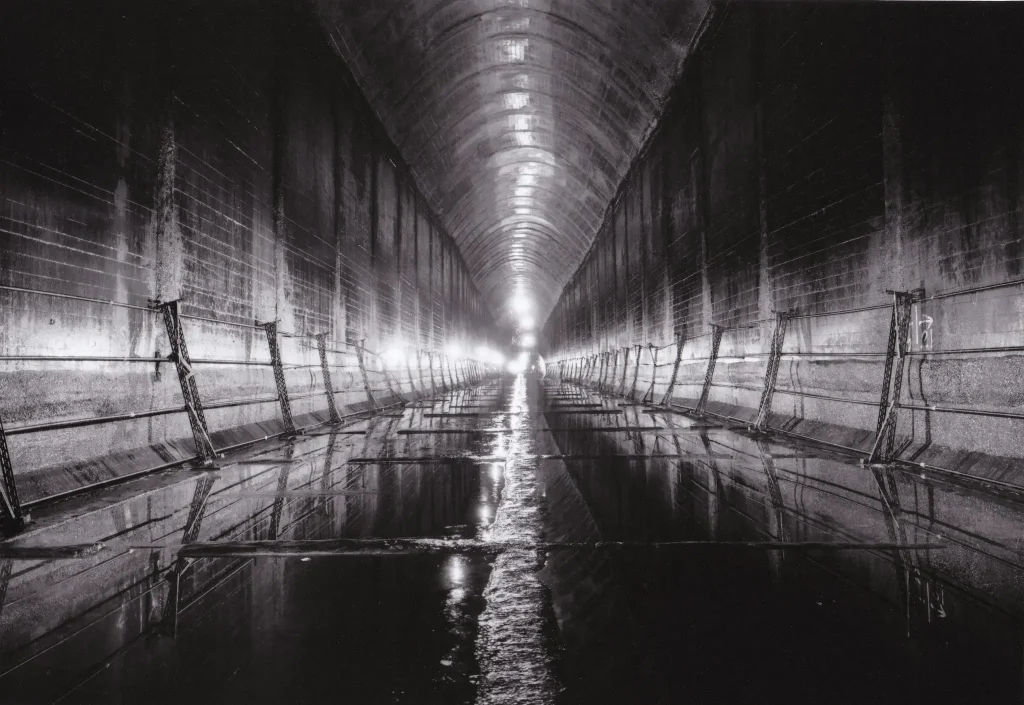
There’s such a beauty in simple elegant solutions to problems. And, on this trip it was nice to find an elegant solution after our overly-complicated day of using a drone as a glorified grappling hook.
Thanks to Hamish for getting in touch and asking if I’d like to write this post – he heard me and Simon talk about our experiences on the Sunny 16 Podcast
My Instagram
My Twitter
Share this post:
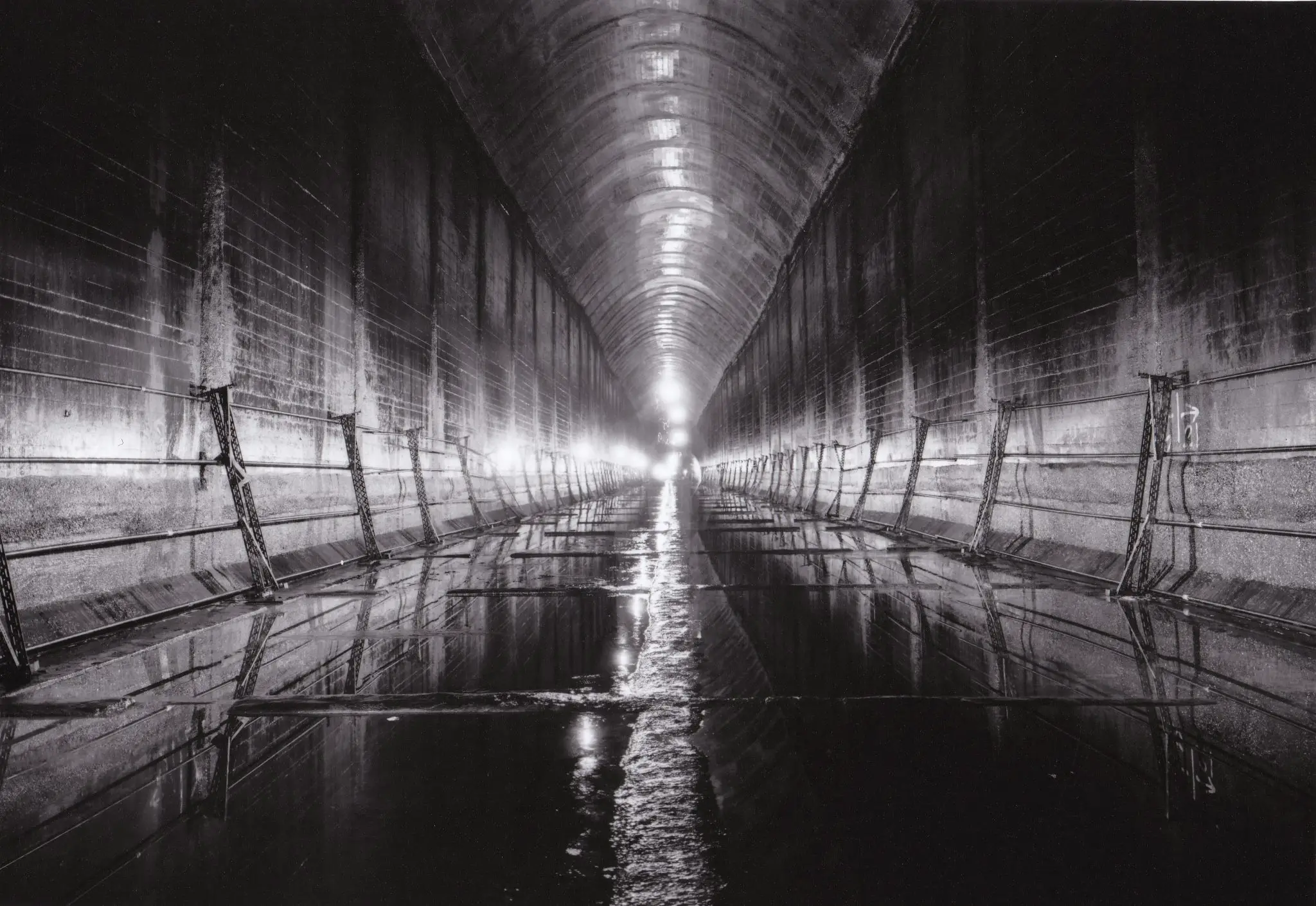


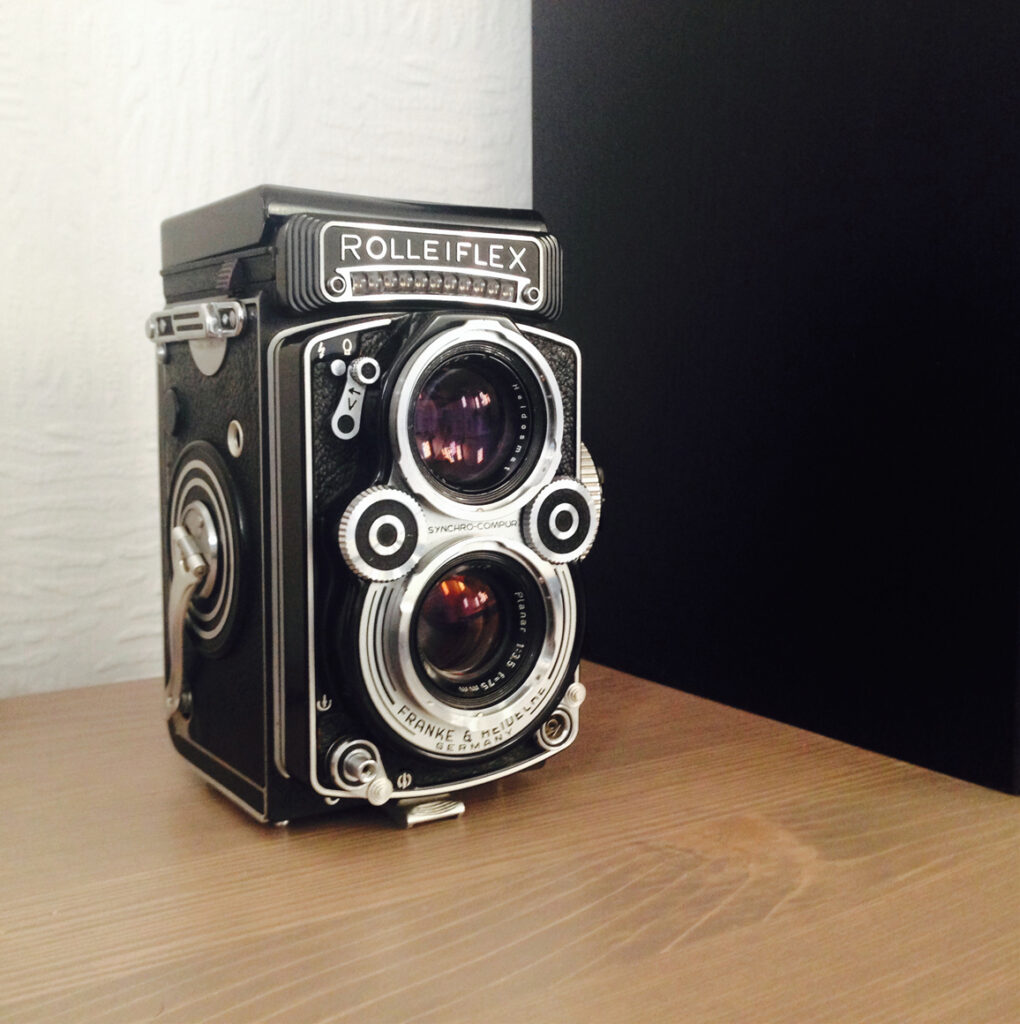
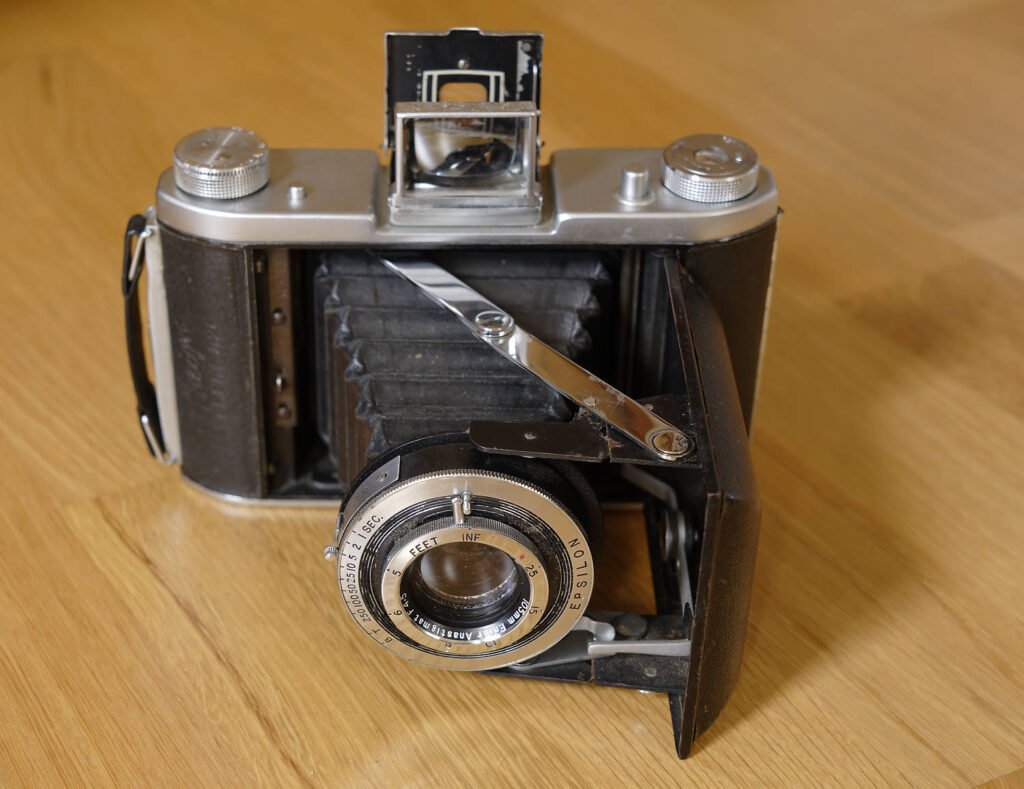




Comments
julianhiggs on In Pursuit of Elegance (if Not a “Good” Photo – Whatever that Means) in the Highlands – By David Allen
Comment posted: 28/07/2018
Comment posted: 28/07/2018
Terry B on In Pursuit of Elegance (if Not a “Good” Photo – Whatever that Means) in the Highlands – By David Allen
Comment posted: 28/07/2018
If it were possible for there to be no light spillage from one flash illuminating a section of the tank to the next, your image would have been built up of a collage of exposures with each one being the flash duration and only the part of the film recording each part of the collage is exposed at that time.
So, for this example, and where I stipulated no light spillage, say you fired off 100 flashes and on full power the flash duration was 1/1000 sec. your image will have been built up of 100 separate segments each exposed at 1/1000 sec. So was your actual exposure, therefore, 1/1000 at f16?
Comment posted: 28/07/2018
Comment posted: 28/07/2018
Comment posted: 28/07/2018
Mr Simon K Riddell on In Pursuit of Elegance (if Not a “Good” Photo – Whatever that Means) in the Highlands – By David Allen
Comment posted: 28/07/2018
Comment posted: 28/07/2018
Adam Laws on In Pursuit of Elegance (if Not a “Good” Photo – Whatever that Means) in the Highlands – By David Allen
Comment posted: 28/07/2018
Comment posted: 28/07/2018
walker on In Pursuit of Elegance (if Not a “Good” Photo – Whatever that Means) in the Highlands – By David Allen
Comment posted: 28/07/2018
Comment posted: 28/07/2018
Ant Lockyer on In Pursuit of Elegance (if Not a “Good” Photo – Whatever that Means) in the Highlands – By David Allen
Comment posted: 28/07/2018
Comment posted: 28/07/2018
Charles Higham on In Pursuit of Elegance (if Not a “Good” Photo – Whatever that Means) in the Highlands – By David Allen
Comment posted: 29/07/2018
Comment posted: 29/07/2018
smuh on In Pursuit of Elegance (if Not a “Good” Photo – Whatever that Means) in the Highlands – By David Allen
Comment posted: 29/07/2018
Comment posted: 29/07/2018
Loss, PTSD and finding my father in the searchlights - Simon Riddell « EMULSIVE on In Pursuit of Elegance (if Not a “Good” Photo – Whatever that Means) in the Highlands – By David Allen
Comment posted: 20/12/2018
Creating the world's largest darkroom? One Shot: Inchindown | EMULSIVE on In Pursuit of Elegance (if Not a “Good” Photo – Whatever that Means) in the Highlands – By David Allen
Comment posted: 03/11/2019